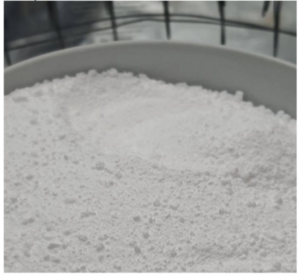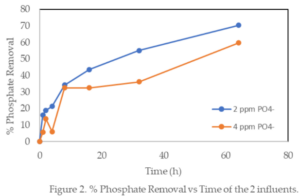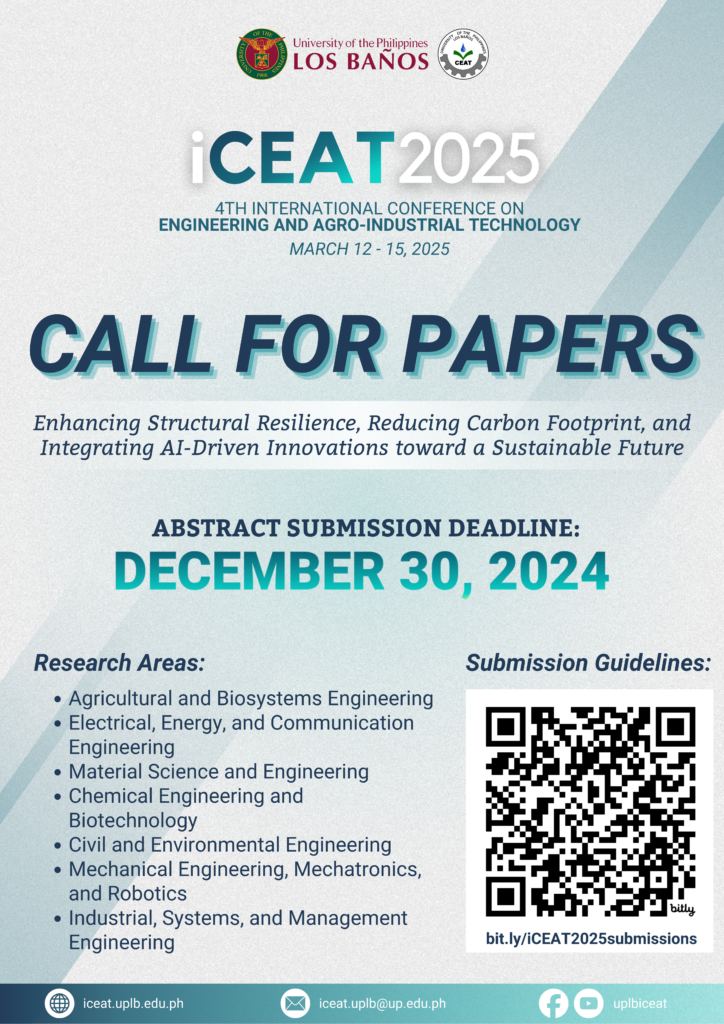
Hydrophobic Anti-Corrosion Coatings for Steel Plates using Nanosilica Modified with Hexamethyldisilazane
Marish S. Madlangbayan, Engelbert K. Peralta, Milagros M. Peralta, Carl Jerome N. Centeno, Paolo Miguel W. Abuan, Alvin Karlo G. Tapia, Rossana Marie C. Amongo, Francis M. Mulimbayan, Aidrean P. Opaco, and Maris Asuncion L. Bayhon
The utilization of chromate and lead-based corrosion inhibitors for metal parts in the construction industry is becoming a prime environmental and health concern. It was found that 61% of the commercially available enamel-based paints contain lead compounds ranging from 10,000 ppm to 156,000 ppm, far exceeding the 90-ppm threshold set in available standards. Thus, there is a need to develop non-toxic formulations as an alternative to the current corrosion inhibitors in the market. This study was conducted to develop a hydrophobic anti-corrosion coating using rice hull ash (RHA) nanosilica modified with hexamethyldisilazane (HMDS).
Materials Engineering, Electrical Engineering, Infrastructure and Civil Engineering
















